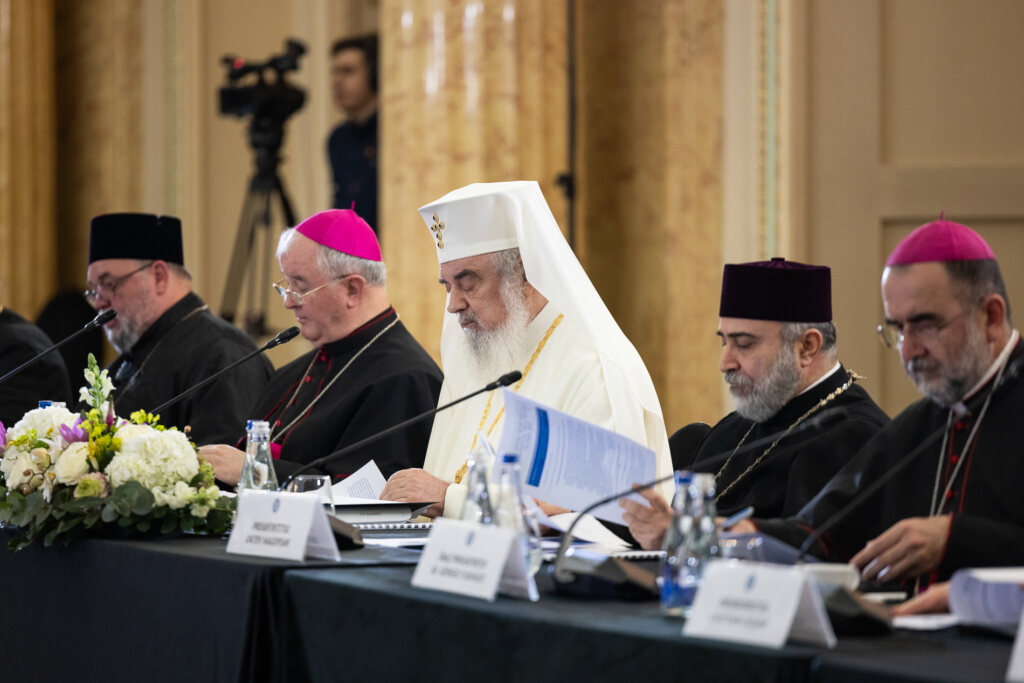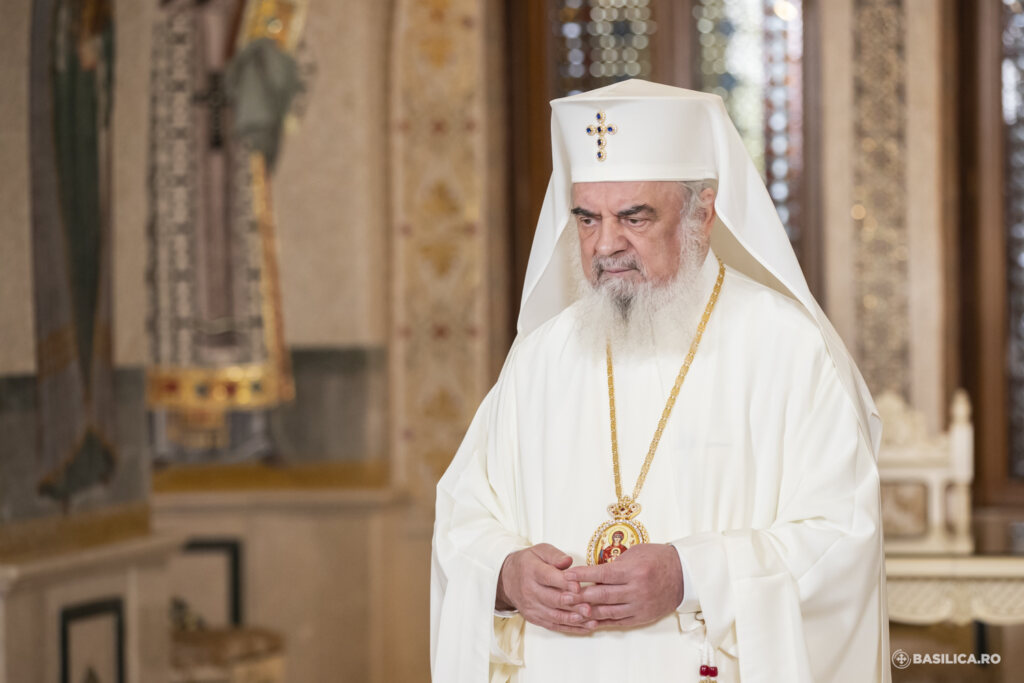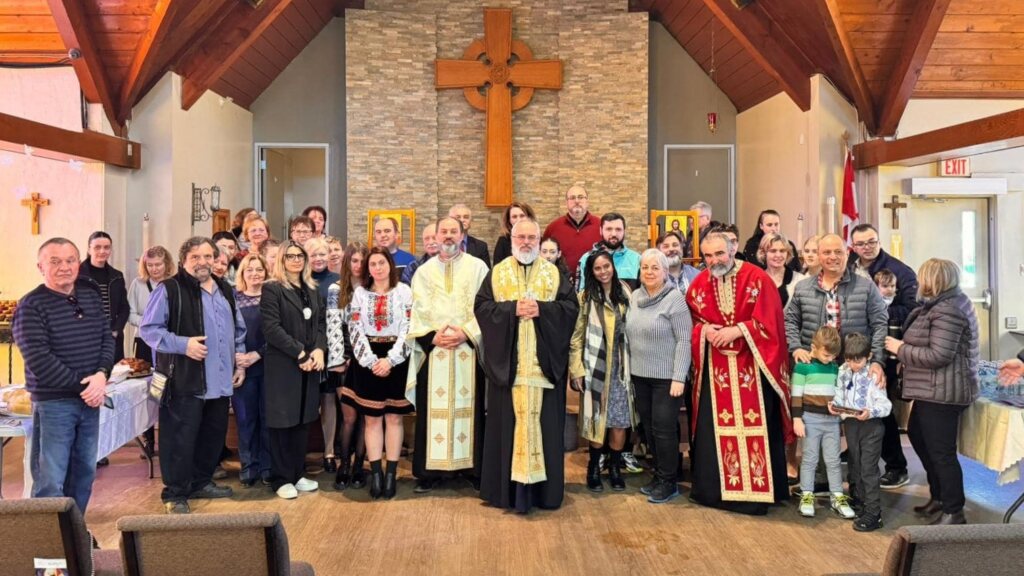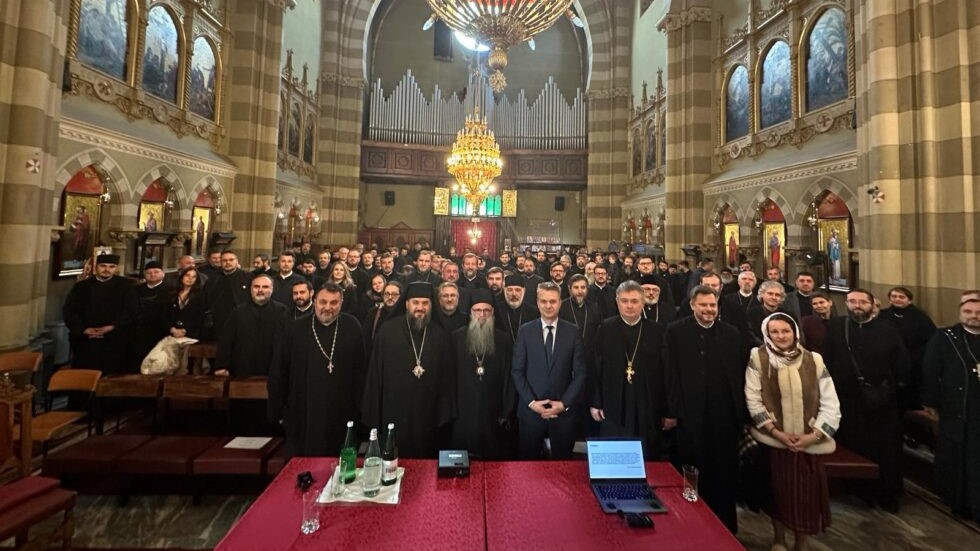The American online publishing platform Medium analysed the demographic decline in Albania’s Orthodox community.
Albania is renowned for its religious variety, which includes a sizeable community of Orthodox Christians. By the beginning of the 20th century, 70% of Albanians were Muslim, 20% Orthodox, and 10% Catholic.
Yet, the 2011 census found that Albania’s Orthodox population had decreased to 6.75 per cent, a considerable drop from the 20 per cent reported in the 1927 census. Despite this, many were sceptical, as their impressions of the population were based on the census of 1927.
However, the decline is substantial and may be related to a decline in fertility, an increase in emigration, and secularisation.
The decline in fertility was more dramatic among the Orthodox community than among other groups, largely due to increased female literacy rates.
Before 1945, emigration among Orthodox Albanians was frequent, but with the fall of the communist dictatorship in 1990, it became much more prevalent. Secularisation also contributed to the fall, but to a lesser extent than the other variables.
The Orthodox Albanians were historically more likely to emigrate compared to other groups, seeking better economic and political opportunities elsewhere. As a result, they constituted most of the Albanian diaspora in various countries, including the United States, Egypt, and Romania.
Another contributing factor in the decline of the Orthodox population is secularisation. This phenomenon has touched the Muslim population more profoundly, but it has also had its effects on the Orthodox.
One of the primary mechanisms for this has been interreligious marriages. In Albania, most marriages between people of different religious backgrounds have been between Orthodox and Muslims (usually Bektashi). The children born from these marriages tend to be less religious than those born in households where both parents belong to the same religious denomination.
Albania’s Orthodox community has witnessed a drop in numbers comparable to other Christian communities in Muslim-majority Ottoman Empire states.
This is due to comparable demographic factors stemming from a similar socioeconomic development during the late Ottoman period.
Nonetheless, the Albanian Orthodox population is better integrated into society and is not subject to the persecution these other communities face.
Their population percentage is expected to converge at around 5% in the future, while the continuing practice of exogamous marriages will further secularise them.
Due to its location on the frontier between East and West, the Albanian Orthodox Church has endured tough times throughout history. Initially, it was subjugated by the Ottoman Empire and then almost disintegrated by the communist regime, which proclaimed Albania the world’s first atheist state.
In July 1991, with the advent of His Beatitude Anastasios as Exarch of the Ecumenical Patriarchate for Albania, the restoration of the Orthodox Church in Albania commenced.
Photography Basilica.ro Files
Follow us on Twitter: @BasilicaNews






